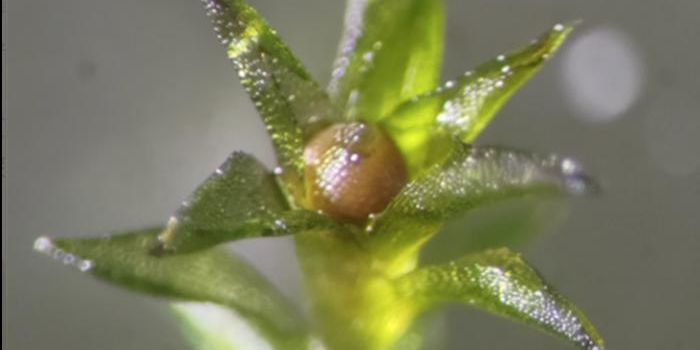Forever Chemicals may Cause Sleep Disruptions in Young Adults
In the 1950s, per- and polyfluoroalkyl substances (PFAS) were introduced into countless consumer products like clothing, cooking pans, and carpteing, and materials used in aviation, construciton and in firefighting. Those tough chemicals don't break down, and they have earned the moniker 'forever chemicals.' They can also now be found everywhere, including in our water supplies, and in human blood. While these chemicals have been associated with a variety of serious and detrimental health effects like cancer and neurological disorders, scientists are just starting to learn about their effects on the human body.
Work reported in Environmental Advances has now revealed that forever chemicals are linked to sleep disruptions in young adults. The study found that when young individuals carried higher levels of four types of PFAS in their blood, they also tended to report having worse sleep. The scientists also went further, and identified genes that are aberrantly expressed in these study volunteers. The genes impact immunity and a hormone involved in sleep regulation.
"Because the body needs sleep every day, if PFAS might be interfering with your sleep, that may affect you more immediately than other chronic health issues," said corresponding study author Shiwen (Sherlock) Li, PhD, a postdoctoral researcher at the USC (University of Southern California) Keck School of Medicine. "Long term, poor sleep has been connected to outcomes including neurological and behavioral problems, type 2 diabetes and Alzheimer's disease."
In this work, the investigators obtained blood samples from 144 individuals aged 19 to 24, as part of the USC Children's Health Study. They also collected information about the participants' sleep habits. Measurements were taken twice, two years apart.
Four of seven PFAS types were found to be significantly associated with reductions in sleep amount or quality: PFDA, PFHxS, PFOA and PFOS. Young adults with the highest levels of PFDA, PFHxS, and PFOA were averaging about 80 fewer minutes of sleep per night compared to those with the lowest levels of those chemicals in their blood. Higher levels of PFOS, meanwhile, had significant associations with difficulties waking, falling or staying asleep, or feeling tired during the day.
The investigators also found that a gene called HSD11B1 may be related to these changes. This protein helps generate cortisol, a hormone linked to stress, and also the regulation of sleep and wakefulness. Changes in another gene called cathepsin B, which is related to cognitive function and memory, were also linked to PFAS.
"If the expression of the protein encoded by HSD11B1 is disrupted, that means that cortisol levels could also be disrupted," Li said. "That, in turn, affects sleep."
While most PFAS have been phased out of use, they have also been replaced with other chemicals with unknown effects.
While the EPA has begun to impose limits on the allowable levels of PFAS in water, this study has shown that PFAS may have to be regulated even more carefully. Sleep also impacts everyone, which could make these findings even more pertinent.
"It could be a matter of cumulative exposure over time," Li said. "What we measured in the blood is likely driven by exposure since birth, or even prenatal exposures." The researchers are planning to continue to study the links between sleep patterns in young adults, and forever chemical exposure.
Sources: Keck School of Medicine of USC, Environmental Advances









